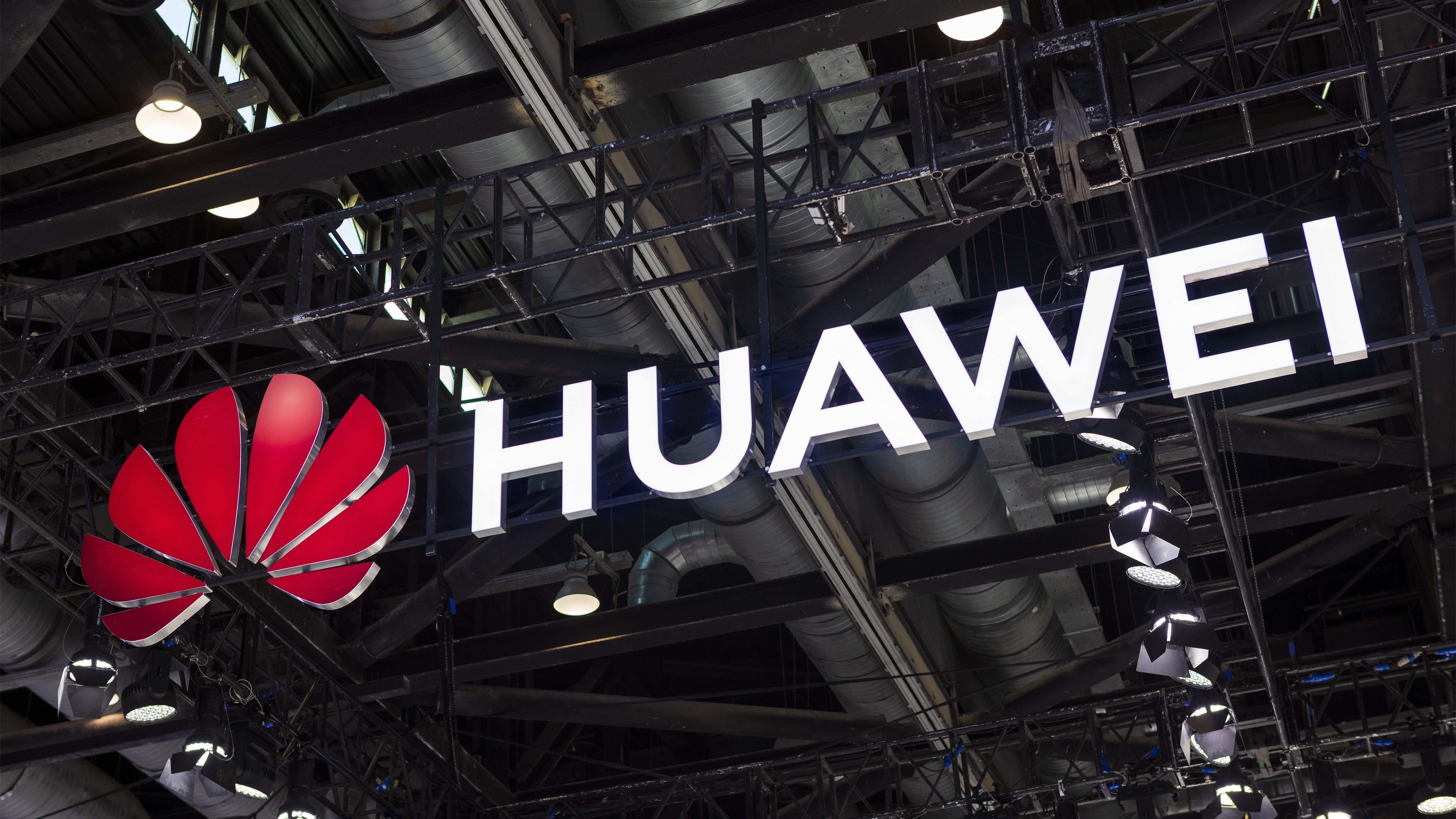US sanctions freeze Huawei's Ascend AI chips on older 7nm process node that's eight years behind TSMC, stalling progress until at least 2026

Huawei's ambitions for the AI market have faltered as the chipmaker struggles to procure bleeding-edge EUV (Extreme Ultraviolet) equipment from ASML - leaving its Ascend AI chips stuck at 7nm for many years, a significant disadvantage versus Nvidia, per Bloomberg. This major setback for China also portends that the technological gap will only widen in the coming years. To put this in perspective, while not entirely directly comparable, TSMC's 7nm node debuted back in 2018. SMIC's 7nm came to market in 2021, several years behind TSMC, and the rumored extension of 7nm into 2026 leaves it serving for five years as its leading-edge process node, an eternity in chip manufacturing.
Huawei's Ascend AI chips recently saw a third iteration - the Ascend 910C - fabbed using an aging 7nm node from SMIC. Manufacturing wafers at sub-7nm levels requires the incorporation of EUV technology from companies like ASML. Recent sanctions have barred China and its respective chipmakers from securing EUV machines. Thus, domestic players have to fall back to local, sub-par equipment and resort to techniques such as quadruple patterning - which is resource-intensive and prone to alignment issues, resulting in poor yields.
The report suggests that a few undisclosed individuals close to the matter revealed that in light of these sanctions, Huawei's flagship Ascend chips will be limited to 7nm technology until 2026 - while TSMC is gearing up to debut its 2nm-class N2 node next year. This also affects Huawei's Mate lineup of phones - now powered by its in-house Kirin chips, which compete against Qualcomm and MediaTek. It is plausible to infer that we might not see a 5nm Kirin SoC, at least in the near future.
Rubbing salt in the wound, SMIC—China's homegrown rival to TSMC—is allegedly unable to meet rising demands and maintain a steady supply of its existing 7nm-class wafers. This casts a shadow over China's ventures into the semiconductor world, which are fueled by massive government-backed incentives. However, you'd be naive to think that China's the only country with high aspirations since Japan is prepping to ink a massive $65 billion plan to revive its chip industry.
Huawei has been poaching TSMC employees - offering nearly 3x higher salaries to secure their expertise. Last month, TSMC revealed that Huawei was using a proxy to bypass US-led export restrictions for the Ascend 910B AI chip. China must overcome the EUV barrier if it wishes to keep up with the rest of the world, as its chip designers like Huawei depend on local manufacturers like SMIC.
Get Tom's Hardware's best news and in-depth reviews, straight to your inbox.

Hassam Nasir is a die-hard hardware enthusiast with years of experience as a tech editor and writer, focusing on detailed CPU comparisons and general hardware news. When he’s not working, you’ll find him bending tubes for his ever-evolving custom water-loop gaming rig or benchmarking the latest CPUs and GPUs just for fun.
-
algarrinang China has 1 billion customers plus exports say India part of brics with also 1 billion potential customers so it external sanctions won't slow it down. Infact in reality we have seen the reverse happing for 3 yrs now only media say this and that slow it down or completely destroy China silicon technology. Yes China is like 2 decades behind in that tech ,but they're catching up pretty fast. It would only depend on Chinese citizens if they choose to buy Western tech like iPhone, android or support local tech. If the Chinese choose western ones local producers like Huawei will fail but if not they will succeed probably be ahead in information technology against western ones because they have more customers. USA only has like 300M population and Europe 700MReply -
pw01f The United States of America, the largest multinational corporation in the world, is also the judge of the planet and its creditors...Reply